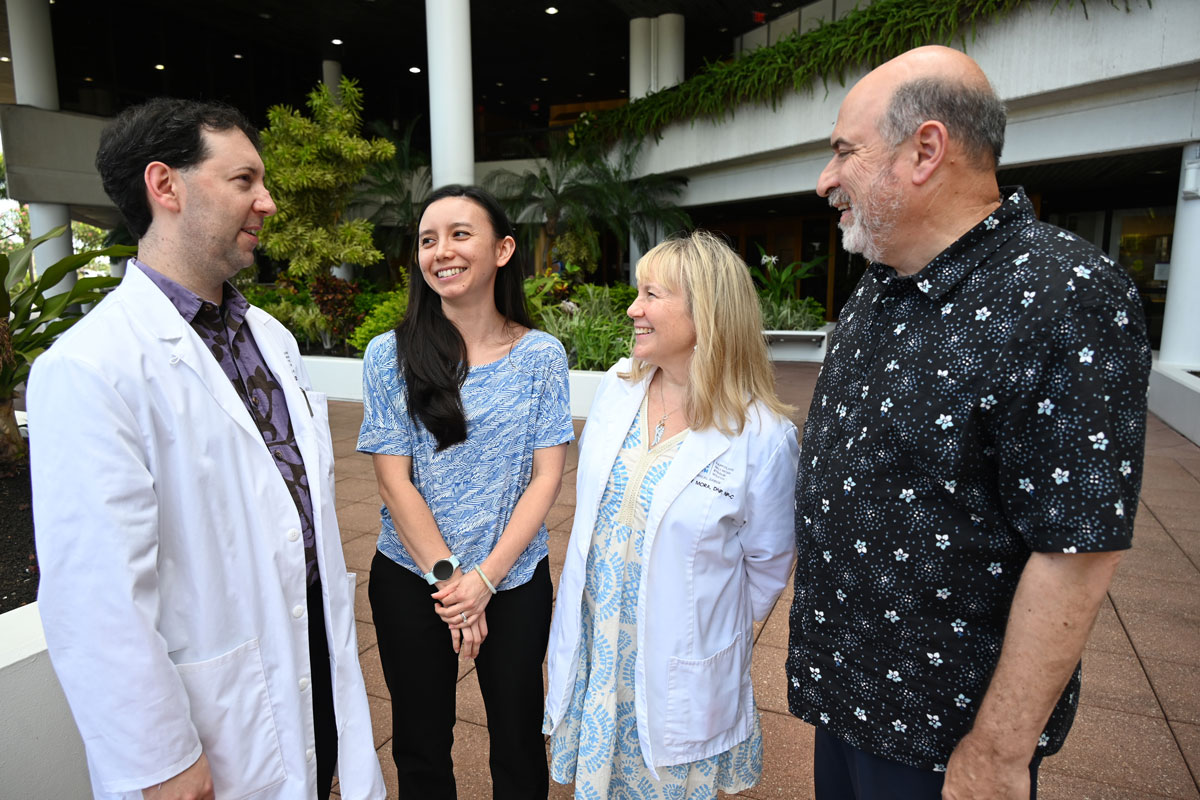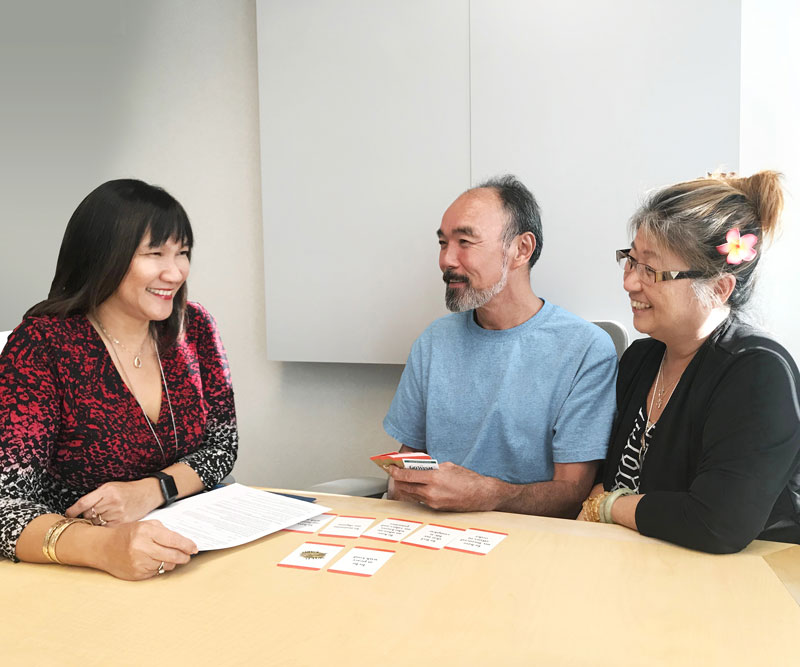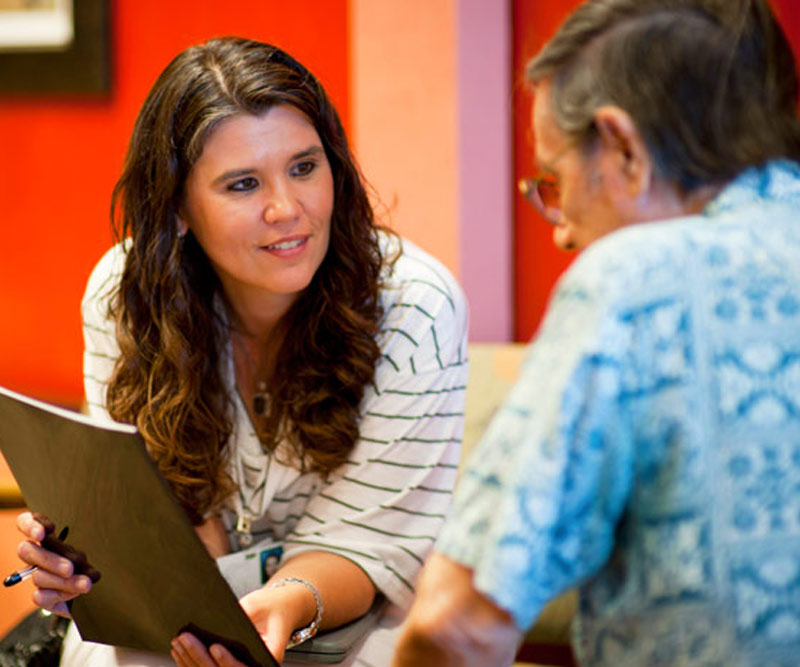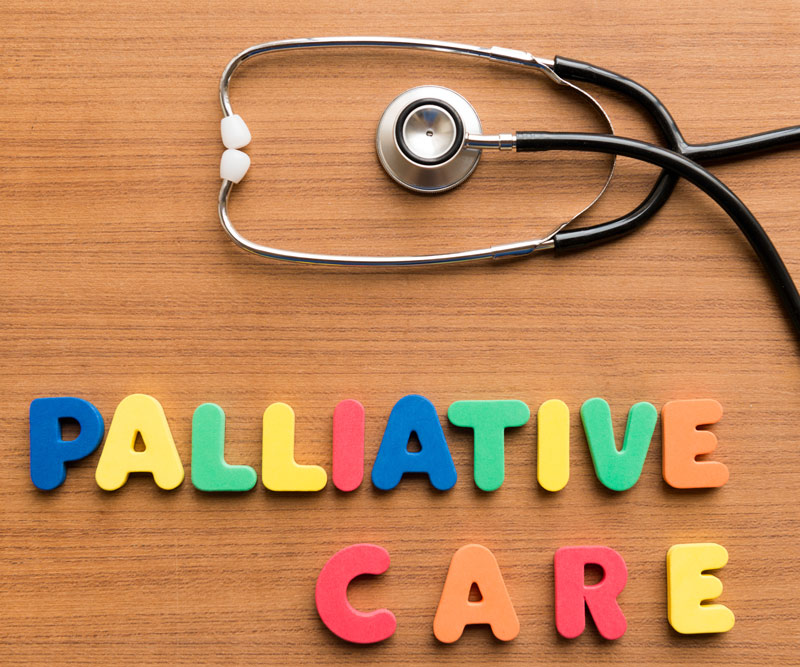
The Purpose of Palliative Care
Dr. David Kalir, a Hawaii Pacific Health Medical Group palliative medicine physician based at Pali Momi Medical Center, never takes his position or the work he does for granted.
"Being able to give patients the time they need is truly a privilege," he said. "I never expect that someone who is suffering or a grieving family will think of me, and so it's all the more rewarding when we receive updates and expressions of gratitude days, weeks, even months after someone has left the hospital."
Here, he highlights what palliative medicine is, how he and the Pali Momi team help patients and their families manage symptoms of treatment, and how they help them plan for whatever may occur next.
What is palliative medicine? How does it differ from hospice?
Palliative medicine is designed to address suffering in people with severe illness. It could be physical suffering, such as pain or nausea, as well as emotional or spiritual suffering. A team approach is often utilized to support the patient and their loved ones.
Anybody who has been diagnosed with a severe, life-changing illness may benefit from palliative medicine. Contrary to popular misconceptions, we can see people whose diseases are curable, and people expected to live for years to decades more. It could be for patients undergoing cancer care; impacted by heart failure; or dealing with a neurodegenerative disorder, such as Parkinson's disease. They may have a lot of anxiety or need assistance managing pain, and we can help them through side effects of their treatment, or through the progression of their disease.
By comparison, hospice is a service that focuses entirely on maximizing quality of life for people with a terminal illness who are unable or unwilling to continue receiving life-prolonging treatment, or for whom there are no more treatments available. While both palliative medicine and hospice excel at managing suffering, the palliative team can work with people even if they are actively seeking life-prolonging or curative treatment.
What type of patients do you see?
We work with patients in the medical center with a range of conditions. Sometimes, a patient who went to the emergency department is referred to us. In other instances, it's a patient who has been in the intensive care unit. We see patients all throughout the medical center, and we’re currently expanding so we can see people in the outpatient setting, as well. That way, we can support people and their families even if they're not hospitalized.
How do you approach working with patients and their families?
Every person I care for is an individual with their own unique combination of hopes and dreams, health conditions, life circumstances, and supporting family and/or friends. I work with people to determine what goals can be achieved by the medical system, and what may be involved to get there. I also try to ensure workers in the medical system understand the goals and motivations behind them, which can sometimes lead to creative solutions that would otherwise be overlooked.
Pali Momi has a dedicated palliative care team. Why is that important and how do you work together?
At Pali Momi, our team is made up of advanced practice registered nurse Kimberly Mora, social worker Nikky Kawaguchi, chaplain Ken Aronowitz and me. We discuss all the patients our team is seeing together every morning, which is not something every palliative medicine team does, and talk through individual cases. We’re constantly synchronizing with each other throughout the day to discuss what would be most beneficial for the patient, who can best connect with their family, or who could help with immediate needs.
The beauty of our team is that we support each other as well as patients, families and their medical teams. Nurses, therapists and others at Pali Momi provide valuable insight about the people they care for, and their feedback helps us communicate with patients and their loved ones.
This article was first featured in the June 25, 2025, issue of MidWeek as a part of the "Dr. in the House" series. See the full publication.
Published on: June 26, 2025




